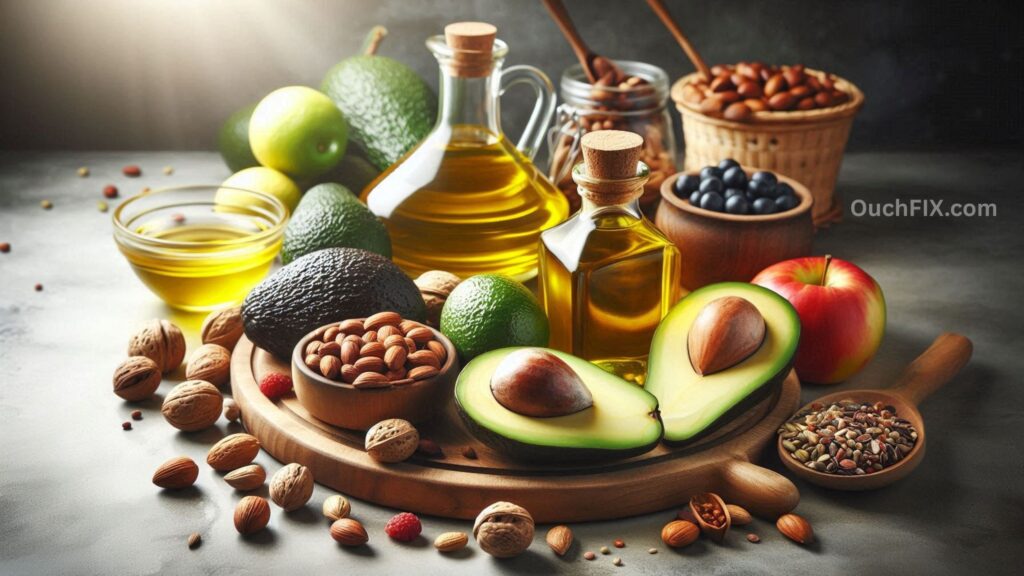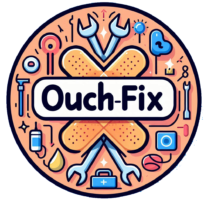Have you ever wondered why some days you feel sluggish, achy, or low on energy, even when you’ve had enough sleep? While many factors influence how your body feels, what you eat plays one of the most important roles in your overall wellness. A balanced diet doesn’t just keep your weight in check—it can boost energy, improve mood, support long-term health, and even help reduce certain types of pain.
The Australian Dietary Guidelines, developed by the National Health and Medical Research Council with leading nutrition experts, provide a roadmap to healthier eating. These guidelines are based on the latest scientific evidence and are designed to reduce the risk of chronic diseases while promoting wellbeing at every stage of life.
In this article, we’ll explore how a balanced diet can improve wellness, highlight the five key food groups, explain why moderation is important, and share practical tips for making healthier choices every day.
The 5 Main Food Groups
The Australian Guide to Healthy Eating divides foods into five essential groups. Eating a variety from each ensures you’re covering all your nutritional bases.

1. Vegetables and Legumes/Beans
Packed with vitamins, minerals, and fiber, vegetables are a cornerstone of wellness. They support gut health, lower blood pressure, and help manage weight. Aim for at least five servings per day, mixing leafy greens, colorful veggies, and legumes like lentils or chickpeas.
Pain-reducing tip: Dark leafy greens (like spinach and kale) are high in magnesium, which can help reduce muscle cramps.
2. Fruits
Fruits provide natural sugars, fiber, and essential vitamins like vitamin C. Two servings a day can boost immunity and energy. Choose whole fruits over juice to maximize fiber and minimize sugar spikes.
Pain-reducing tip: Berries are rich in antioxidants that fight inflammation and reduce oxidative stress.

Also Read: What are the Benefits of a Holistic Approach to Pain Management and Wellness?
3. Lean Meats, Poultry, Fish, Eggs, Tofu, Nuts, and Seeds
These foods are excellent sources of protein, iron, and healthy fats. Protein helps repair tissue, while iron prevents fatigue. Include fish at least twice a week for heart- and joint-friendly omega-3 fatty acids.
4. Grain Foods (Preferably Wholegrain)
Wholegrains like oats, brown rice, and wholemeal bread provide long-lasting energy and support digestive health. Refined grains, like white bread and pastries, should be limited.
5.Dairy and Alternatives (Mostly Reduced-Fat)
Milk, cheese, and yogurt are rich in calcium and vitamin D, essential for strong bones and teeth. Plant-based alternatives like almond or soy milk can also be good choices if fortified.

Occasional Foods: Why Moderation Matters
Not all foods fit into the five groups. Sugary treats, fried snacks, takeaway meals, and processed meats fall into the category of occasional foods. While they may be enjoyable now and then, eating them regularly can:
- Increase inflammation
- Contribute to weight gain
- Raise your risk of diabetes, heart disease, and chronic pain
A simple guideline: follow the 80/20 rule—eat nutritious foods 80% of the time and enjoy occasional treats 20% of the time.
Sugar and High-Sugar Foods
Added sugars are one of the biggest culprits behind obesity, type 2 diabetes, and chronic pain flare-ups. High sugar intake leads to blood sugar spikes and crashes, draining energy and worsening inflammation.
Tips to cut back on sugar:
- Replace soft drinks with sparkling water flavored with lemon.
- Choose fresh fruit instead of cakes or biscuits.
- Check food labels—many sauces, cereals, and yogurts contain hidden sugars.
(Source: World Health Organization)

Also Read: How does Sleep Quality Affect Pain Levels and Overall Health?
Alcohol
Alcohol is calorie-dense and offers no nutritional value. Regular heavy drinking increases the risk of liver disease, heart problems, and even worsens chronic pain conditions.
The Australian guidelines recommend:
- No more than 10 standard drinks per week
- No more than 4 drinks in a single day
Cutting back on alcohol not only reduces long-term health risks but also improves sleep quality, energy, and mood.

Salt and Its Impact on Health
High salt intake raises blood pressure, a major risk factor for heart disease and stroke. The recommended daily maximum for adults is less than 5 grams (about 1 teaspoon).
How to reduce salt:
- Cook fresh meals instead of relying on processed foods.
- Use herbs and spices for flavor instead of salt.
- Choose low-sodium options when buying canned or packaged foods.

Also Read: How does Regular Exercise Contribute to Overall Pain Management?
Healthy Fats: Choosing the Right Ones
Not all fats are bad. In fact, healthy fats are vital for brain function, hormone production, and vitamin absorption.
- Healthy fats: olive oil, avocado, nuts, seeds, fatty fish
- Unhealthy fats: butter, lard, cream, deep-fried foods
Switching from butter to olive oil or adding avocado to your toast can make a big difference over time.

How Much Do You Need? Daily Serves Explained
Your ideal intake depends on age, gender, and activity level, but general recommendations are:
- Vegetables: 5 servings daily
- Fruit: 2 servings daily
- Grains: 6 servings daily (mostly wholegrain)
- Protein-rich foods: 2–3 servings daily
- Dairy/alternatives: 2–3 servings daily
For personalized advice, check the official Australian Guide to Healthy Eating.
Frequently Asked Question (FAQs)
Q1. Can a balanced diet really reduce chronic pain?
Yes. Diets rich in anti-inflammatory foods like leafy greens, fatty fish, and whole grains can help reduce inflammation and pain intensity.
Q2. What’s the best diet for joint pain?
The Mediterranean diet, which emphasizes vegetables, fish, whole grains, and olive oil, is strongly linked to reduced arthritis symptoms.
Q3. Is it okay to eat takeaway food sometimes?
Yes, in moderation. Opt for grilled options, smaller portions, and add vegetables to balance the meal.
Q4. How fast will I notice improvements if I change my diet?
Some people report feeling more energetic within days, while reductions in chronic pain may take several weeks.
Q5. Do I need supplements if I follow a balanced diet?
Not necessarily. Most nutrients can be obtained from whole foods. Supplements may be helpful in certain cases (e.g., vitamin D deficiency), but always consult a doctor first.
 Skip to content
Skip to content






